The fire train is one of several owned by BNSF that are dispatched to help local, state and federal firefighters douse wildfires across the west, particularly ones that threaten the railroad and its infrastructure. In Northwest Montana, there is at least one major fire located along BNSF’s main line this summer. The Paola Ridge Fire is located just west of Essex on Marias Pass and has burned more than 700 acres since it was first reported earlier this month.
BNSF has nine water cars equipped to be used by firefighters based in the Whitefish area; six water cars plus a support boxcar are stationed in Whitefish and three other water cars are based in Essex. Most of BNSF’s fire train equipment is made up of older tank cars, but at least three bulkhead flats have been outfitted with water tanks in recent years. The set of three bulkhead cars operate as one unit and has been dubbed “Sparky” by local railroaders. Two of the bulkhead flatcars just have water tanks that can hold up to 20,000 gallons of water. The middle flatcar, which can hold up to 15,000 gallons of water as well as a few hundred gallons of firefighting foam, is the pumper car. The pumper car is outfitted with multiple hoses and even water cannons on each end that can spray water more than 100 feet off the right-of-way. An old Burlington Northern boxcar that goes with the fire train is outfitted with additional hoses, a portable sprinkler system that can be deployed to keep bridges and other pieces of infrastructure wet and a radio/communications setup so railroaders can easily talk with firefighters.
The last time the Whitefish fire train was dispatched was in 2015 when the Sheep Fire threatened the small town of Essex, home to the legendary Izaak Walton Inn. From spring until fall, the train is loaded with water and ready to go. At the beginning of each fire season, BNSF employees invite local firefighters to get familiarized with the train. The train is made available to firefighting teams and can be used to refill fire trucks or spray water directly on the fire if it’s close to the tracks.
Sometimes, the railroad also moves firefighters and equipment into remote areas.
“A lot of our routes travel through remote areas that are inaccessible by road and so the railroad is the safest and most effective way to get equipment into some areas,” BNSF spokesman Ross Lane tells Trains News Wire.





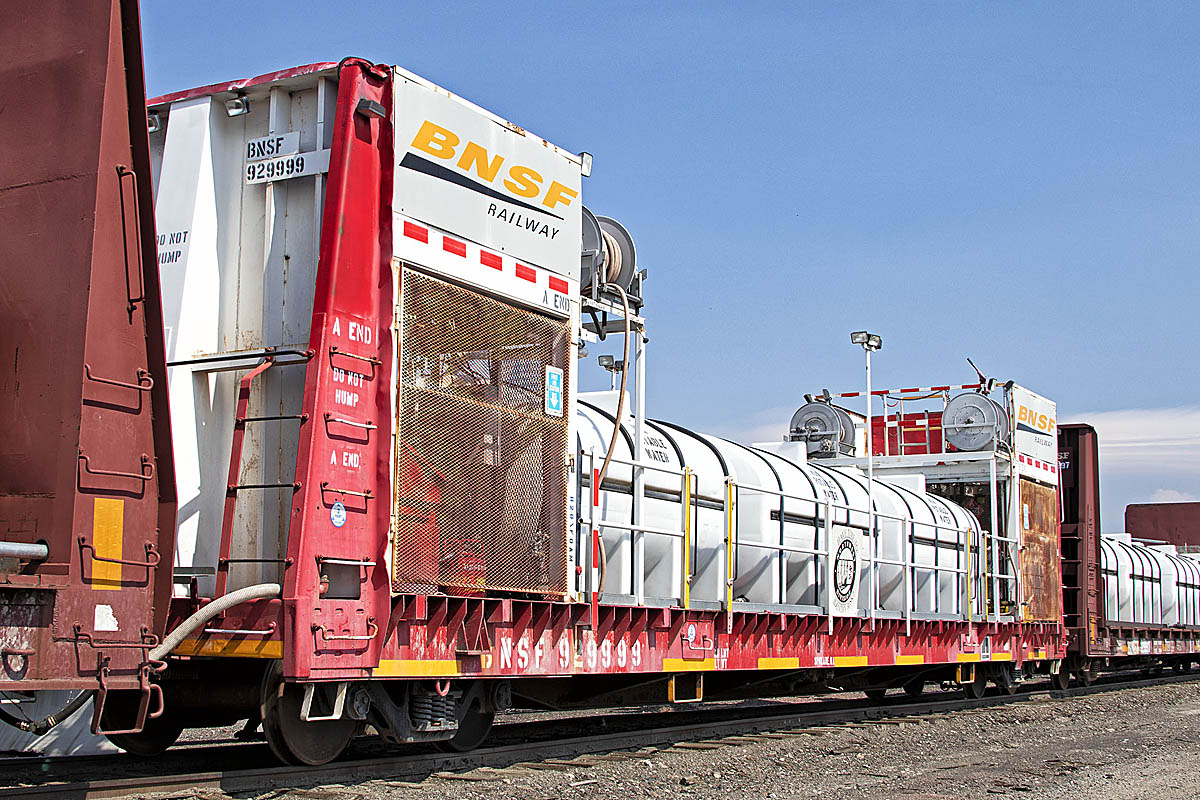
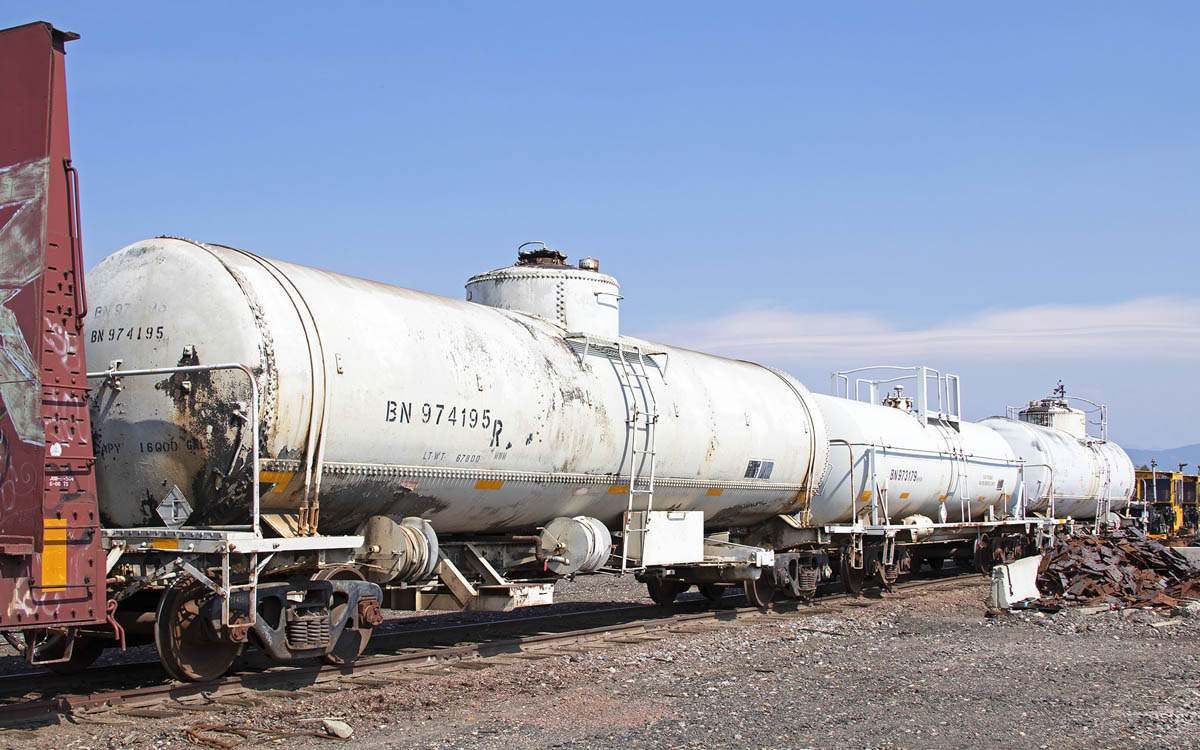
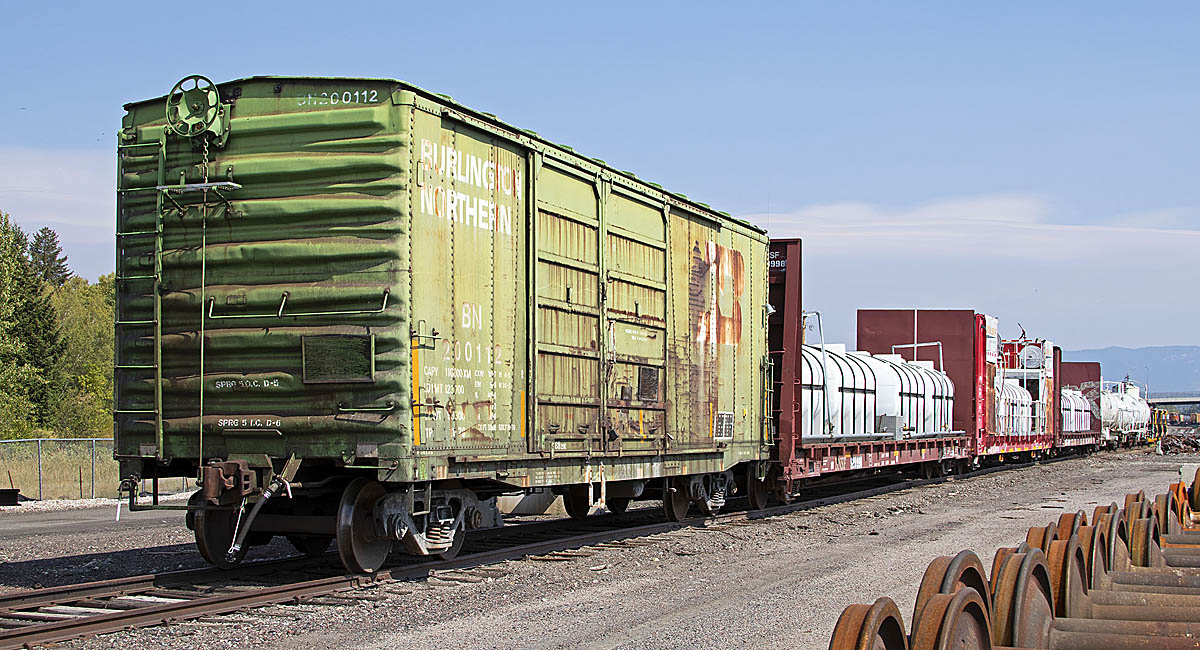



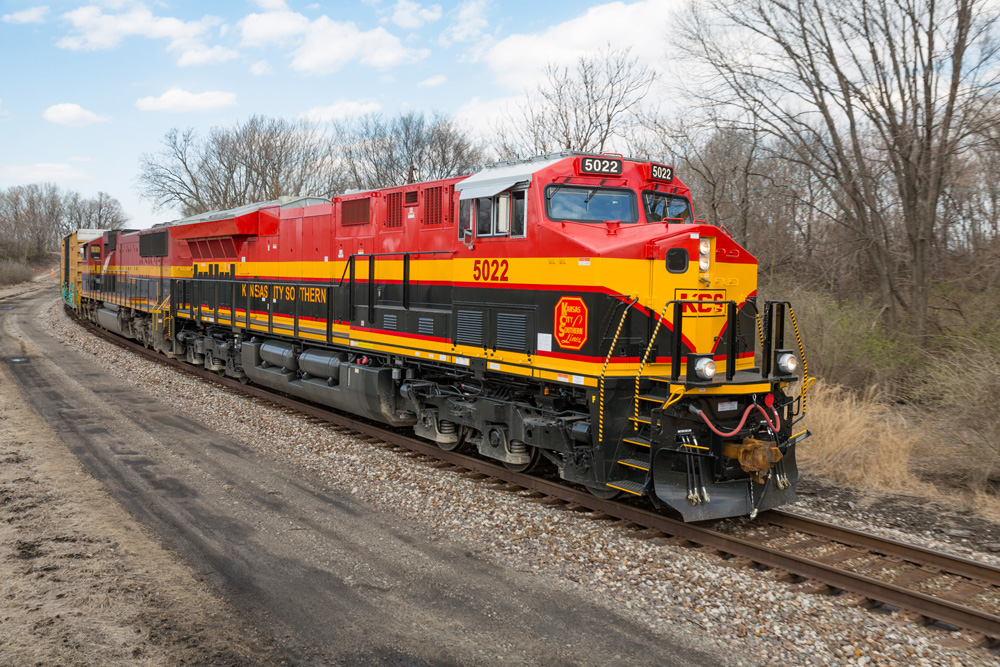
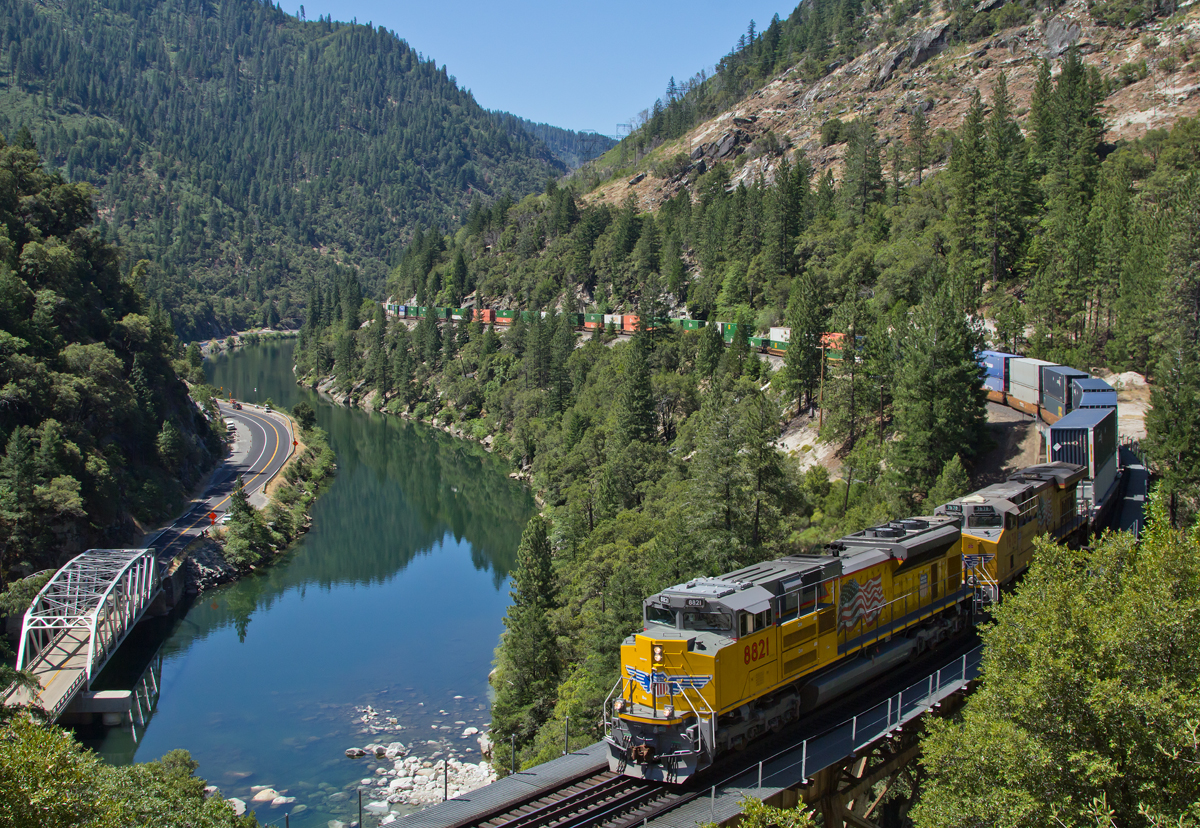




Alaska Railroad has a number of old tank cars filled with water kept along the railroad, also.
Mr. Pack, Marias pass can also refer to the whole area.
We need those in California!
Marias Pass is East of Essex , not West .
There’s also such a train nearly year-round stationed at Wishram, Washington.